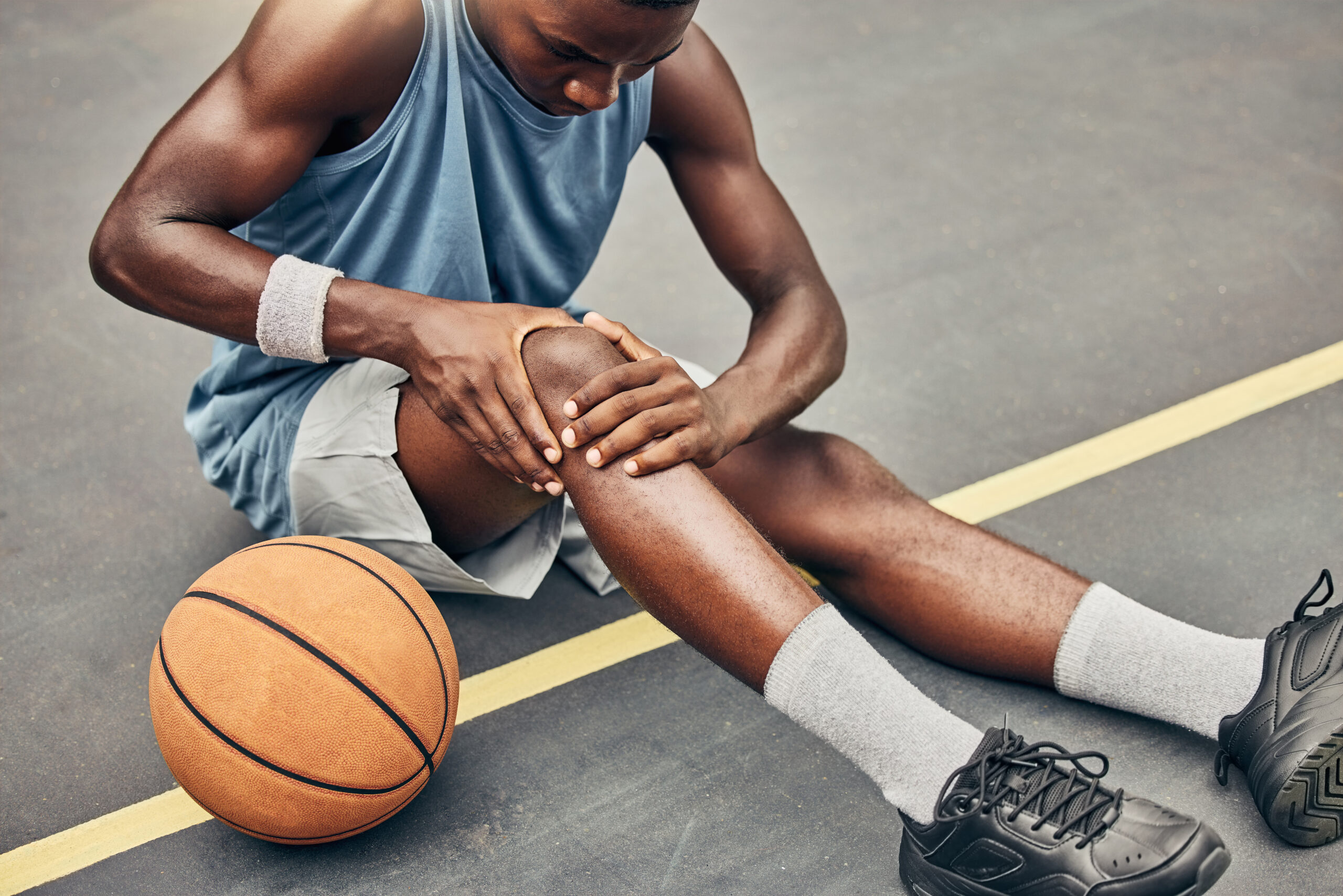How to Prevent Sports Injuries

Whether you’re a seasoned athlete, a weekend runner, or just starting a new workout routine, staying active is one of the best ways to care for your health. But with physical activity comes the risk of injury, especially if your body isn’t adequately prepared. The good news? Most sports injuries can be prevented with the right habits and awareness.
In this guide, we’ll walk you through the most common causes and types of sports injuries, practical tips to avoid them, and how CareStation Medical can help if something goes wrong.
Common Causes of Sports Injuries
Injuries don’t always happen from a hard fall or sudden accident. Often, they develop over time or result from avoidable mistakes.
Here are some of the most common causes:
- Overtraining: Pushing your body too hard without giving it enough time to recover can lead to muscle fatigue and increase the risk of strains or overuse injuries. This is especially true if you’re exercising daily without variety or rest days.
- Improper Technique: Poor form during activities like lifting, running, or jumping puts unnecessary stress on joints and muscles. Even small mistakes, when repeated regularly, can lead to long-term damage.
- Skipping Warm-ups and Cool-downs: Going straight into intense activity without warming up can shock your muscles and tendons, making them more prone to injury. Likewise, not cooling down can leave your body stiff and sore.
- Inadequate Equipment: Wearing worn-out shoes or using gear that doesn’t fit properly can affect balance, posture, and joint stability. Protective gear is also crucial in contact sports to prevent impact-related injuries.
- Ignoring Pain or Previous Injuries: Trying to “push through” pain often leads to bigger problems. If an injury doesn’t fully heal, it can return, sometimes worse than before.
Types of Sports Injuries
Understanding what kind of injury you’re dealing with helps in both treatment and prevention. Here are the main types to be aware of:
Acute Injuries
Acute injuries happen suddenly, often during a fall, collision, or improper movement. These types of injury often cause immediate pain, swelling, and limited movement.
Common acute injuries include:
- Sprains (stretched or torn ligaments)
- Strains (pulled or torn muscles/tendons)
- Dislocations
- Fractures
Overuse Injuries
Overuse injuries develop gradually due to repetitive motion. They’re common in runners, tennis players, and those who train daily without variation.
Examples include:
- Tendonitis
- Shin splints
- Stress fractures
Chronic Injuries
Chronic injuries are often the result of ignoring smaller issues for too long. Ongoing joint pain, instability, or limited range of motion are signs that something more serious may be occurring.
How to Prevent Sports Injuries
While not every injury is avoidable, many can be prevented with consistent, smart habits. These tips apply to all activity levels and types of sports.
Warm Up First
Start every workout with 5–10 minutes of light cardio like brisk walking or jumping jacks, followed by dynamic stretches. This increases blood flow to your muscles and preps your joints for movement.
Use the Right Equipment
Make sure your shoes fit well and support your feet properly. Replace them if they’re worn out. For sports like biking or football, wear helmets, pads, or braces as needed.
Tip: If you’re not sure what gear is right for your activity, ask a coach, trainer, or healthcare provider.
Focus on Form
Take the time to learn proper technique. Whether you’re lifting weights or swinging a golf club, how you move matters. Poor form not only makes your workout less effective—it puts you at risk for injury.
Cross-Train and Rest
Doing the same activity every day stresses the same muscle groups. Mix things up with low-impact exercises like swimming, yoga, or cycling to give certain muscles time to recover. Also, don’t underestimate the power of rest days. Your body needs time to repair and rebuild.
Stay Hydrated and Eat Well
Dehydration can lead to muscle cramps, fatigue, and slower reaction times. Proper nutrition, especially protein, calcium, and vitamin D, may help support muscle and bone health.
Listen to Your Body
Pain is your body’s way of saying something isn’t right. If you feel persistent discomfort, stop and rest. Pushing through pain might seem tough at the moment, but it often leads to longer recovery times down the road.
When Injuries Happen, CareStation Medical Is Here to Help
Even with all the right precautions, injuries can still happen. And when they do, quick and effective treatment can make a big difference in recovery.
CareStation Medical offers:
- Urgent care for sprains, strains, and minor fractures – Walk-in, no appointment needed.
- On-site X-rays and diagnostics – Fast answers, so you can start healing sooner.
- Primary care follow-ups – We’ll help manage pain, monitor healing, and make sure you’re fully ready before getting active again.
- Personalized care plans – Whether you’re dealing with an injury or trying to prevent the next one, our providers offer guidance based on your lifestyle and activity level.
Final Thoughts
At CareStation Medical, we understand how frustrating it can be to deal with an injury, especially when it keeps you from doing what you love. Our team is here to support your recovery and help you move forward safely.
To learn more, contact us today or give us a call now at (908) 925-CARE (2273).
